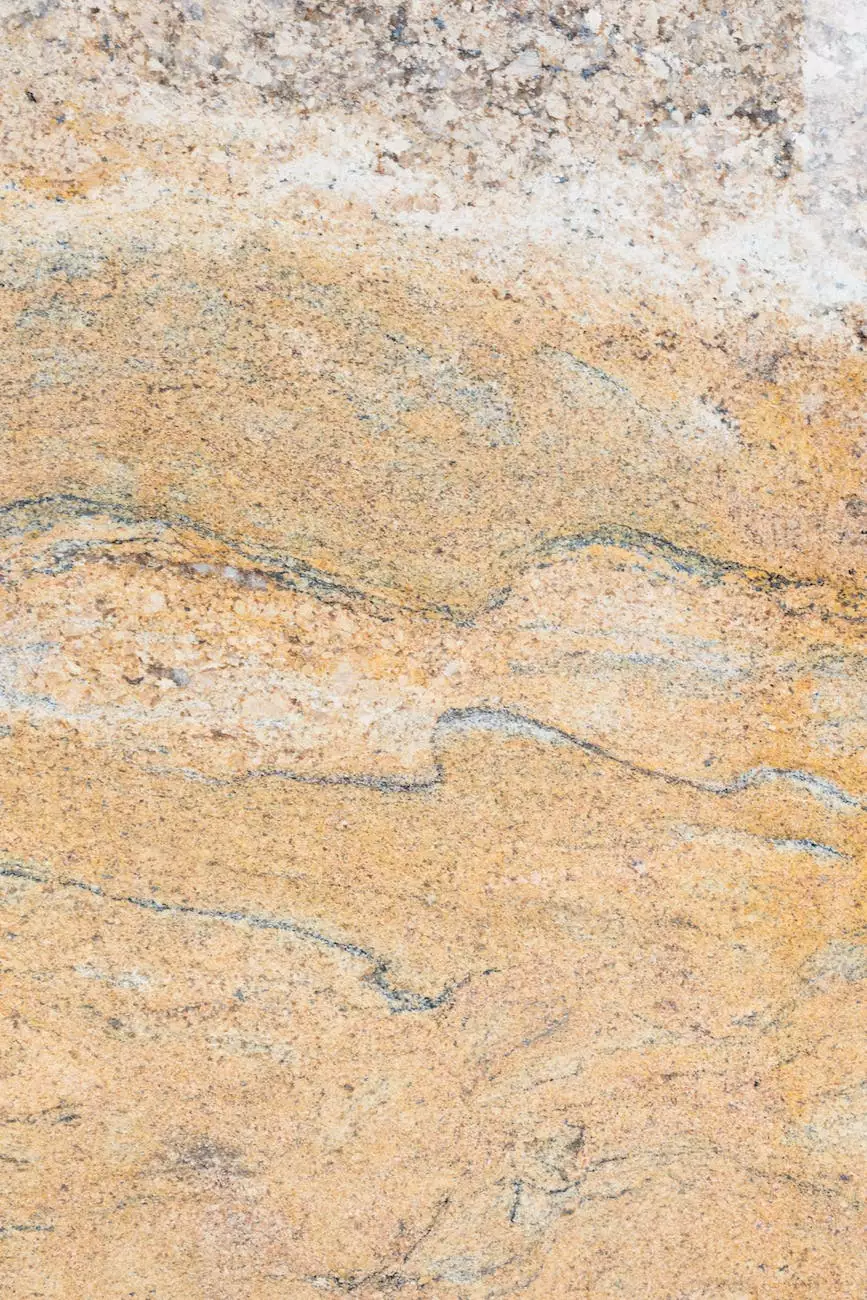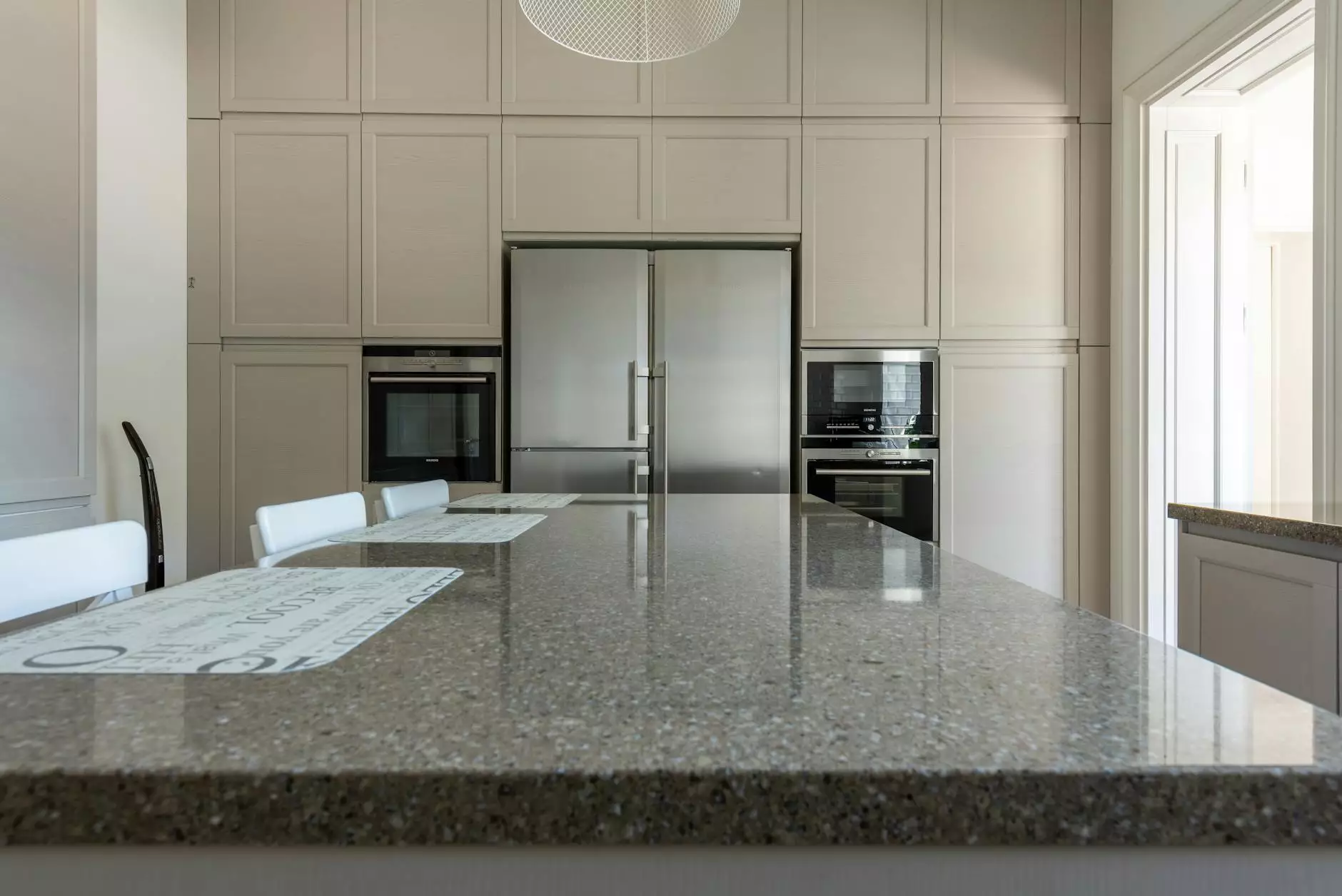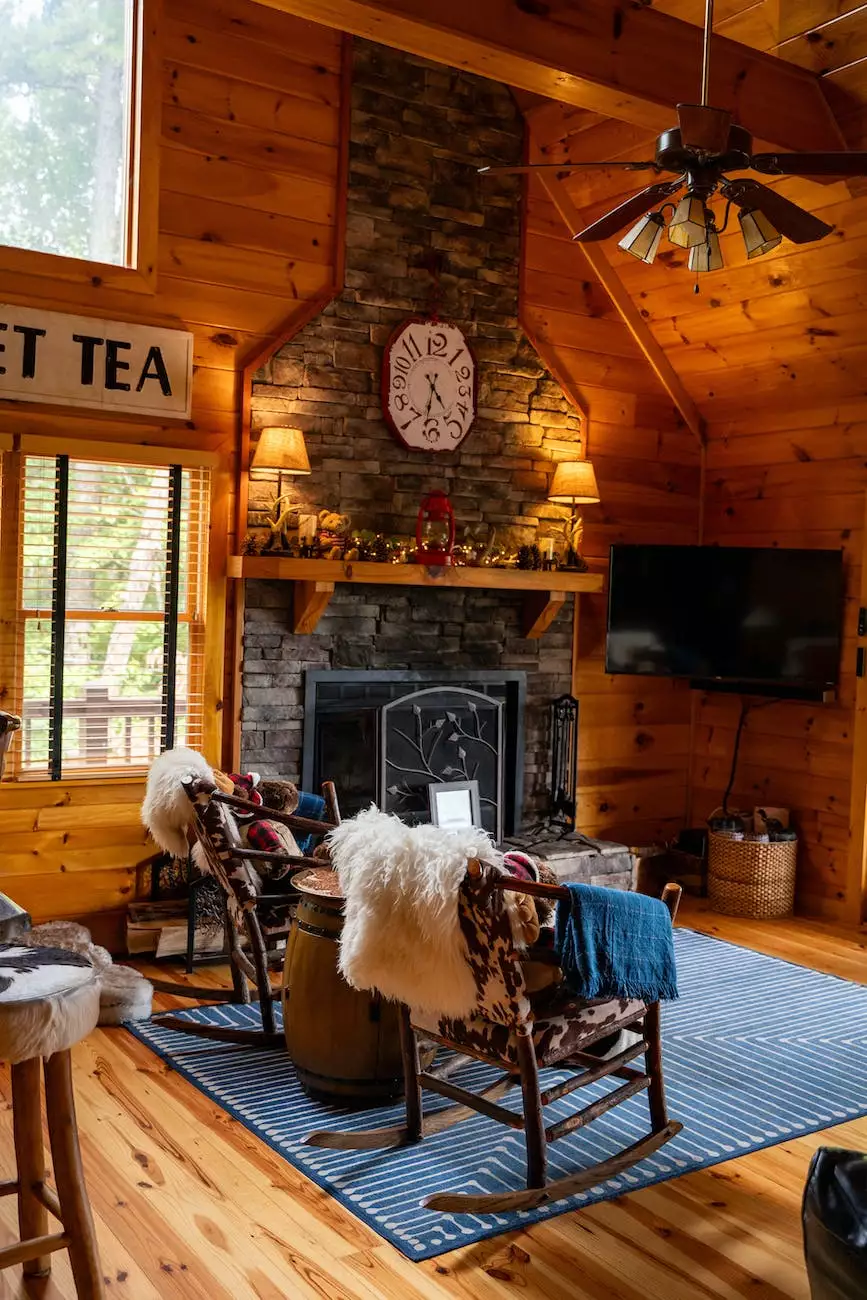A Brief History Of Marble
Blog
The Origins of Marble
Marble, a metamorphic rock formed from limestone under intense heat and pressure, has captivated humans for centuries with its natural beauty and durability. Its roots can be traced back to ancient civilizations such as Greece and Rome, where it was highly cherished and used in magnificent architectural structures, sculptures, and palaces.
Marble in Ancient Times
In ancient Greece, marble was considered a symbol of wealth and power. The famous Parthenon in Athens, built between 447 and 432 BCE, showcases the grandeur of marble with its stunning white columns and intricate friezes. Greek sculptors also demonstrated their mastery by carving exquisite statues, including the renowned Venus de Milo and the Winged Victory of Samothrace, from this timeless material.
The Romans further advanced the use of marble, incorporating it into their lavish structures, such as the Colosseum and Pantheon. They recognized marble's practicality as well as its aesthetic appeal, utilizing it for flooring, walls, and even water transport systems. Marble quarries were established throughout the Roman Empire, ensuring a steady supply for their architectural marvels.
The Renaissance and Marble Revival
After the fall of the Roman Empire, the use of marble declined for centuries. It wasn't until the Renaissance period that a renewed interest in ancient Greek and Roman art sparked a revival in marble craftsmanship. Artists and architects, inspired by the classical beauty of antiquity, began incorporating marble into their masterpieces once again.
During this period, prized marble quarries in Carrara, Italy, gained prominence, supplying renowned artists like Michelangelo and Donatello with the finest marble for their sculptures. Michelangelo's David, one of the most iconic marble sculptures of all time, showcases the incredible skill and artistry that can be achieved with this magnificent rock.
Modern Applications of Marble
Today, marble continues to be a sought-after material in the realm of home improvement and maintenance. Its timeless elegance and durability make it a popular choice for countertops, flooring, and bathroom fixtures. The natural variations and unique veining patterns found in different types of marble further enhance its visual appeal, adding character and sophistication to any space.
In addition to its use in residential settings, marble is also widely utilized in commercial projects, including hotels, restaurants, and office buildings. Its ability to withstand heavy foot traffic, combined with its luxurious appearance, makes it ideal for creating a lasting impression in high-end establishments.
Choosing the Right Marble for Your Project
When selecting marble for your home or business, it's essential to consider various factors such as color, veining, and finish. Each type of marble brings its own unique qualities, and understanding these characteristics can help you make an informed decision.
Variety of Colors
Marble comes in an array of colors, ranging from pure white to vibrant shades of red, green, and blue. The choice of color should harmonize with the overall design and ambiance you wish to create.
Intricate Veining
The veining patterns found in marble can vary significantly, from bold and dramatic to subtle and delicate. Consider the scale and intensity of veining that best complements your desired aesthetic.
Finishes for Every Style
Marble can be polished to a high gloss, honed for a more matte appearance, or even tumbled for a weathered, rustic look. Understanding the different finishes available can help you achieve the desired visual effect for your project.
Conclusion
From its ancient origins in Greece and Rome to its enduring popularity in modern times, marble stands as a testament to human craftsmanship and appreciation for natural beauty. Whether you're looking to bring a touch of elegance to your living space or embarking on a grand architectural endeavor, the timeless allure of marble continues to inspire and transform. Let GraniteCO guide you in selecting the perfect marble for your next home improvement or maintenance project, ensuring that your space reflects both your personal style and a part of history.










